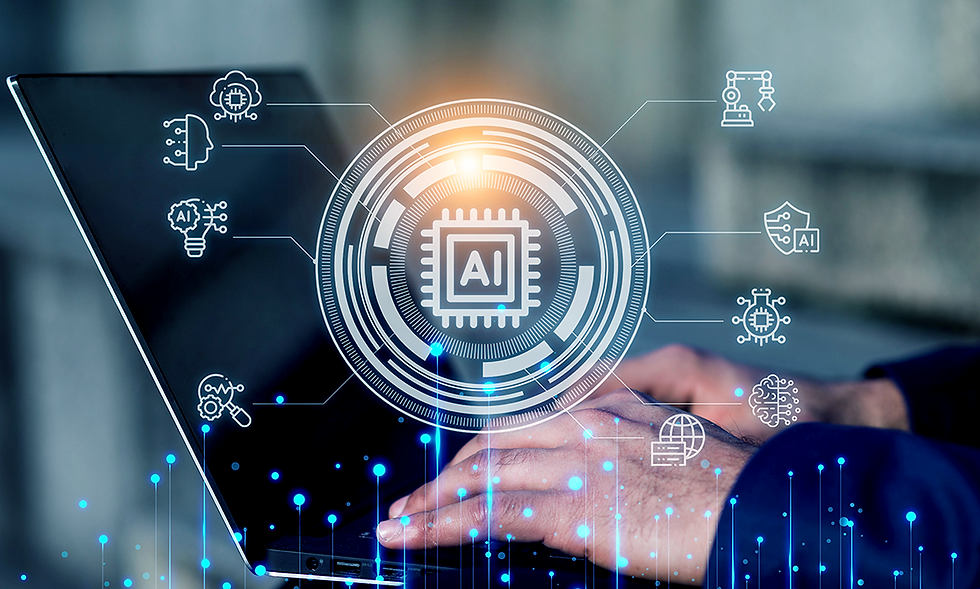Back to the... Mainframe!
- Passio Consulting
- Feb 3, 2021
- 2 min read
Updated: Jul 1
When we talk about a mainframe, we immediately think of screens in character mode and old and obsolete technology. But the mainframe is more present in our lives than we think.
At their core, mainframes are high-performance computers with large amounts of memory and processors that process billions of simple calculations and transactions in real-time. The mainframe is critical to commercial databases, transaction servers
and applications that require high resiliency, security, and agility.

The mainframe is also responsible annually for USD 7.7 trillion in credit card payments, 29 billion ATM transactions and about 12.6 billion daily transactions.
Although the word Mainframe is associated with IBM branded machines, other companies create machines with this typology, namely: Amdahl, NEC, Unisys, Sperry Univac, Tandem, Hitachi, and Fujitsu.
In the USA, the mainframe is responsible for the search of more than 6,380 technicians and 9,675 programmers annually (Glassdoor, 2018 data) in COBOL, z / OS, JCL, CICS, and IMS.
The customers of this technology are mainly looking for performance, security and stability of their information systems, associated with the great capacity of data processing and transactions. And these are also the main reasons for the longevity of the mainframe world. Not only hardware, but also operating systems, management and productivity tools, programming languages (such as COBOL, Assembler, REXX, JCL) and the importance of staying stable throughout the reduced existing versions.
Last year, the mainframe, but mostly the programming language most used in this, COBOL, was highlighted in the USA because of the current pandemic. Due to a lack of investment, many states' departments still work with applications and hardware over 30 years old. The sudden increase in requests for support has awakened these departments to the reality of their IT infrastructures, which, although resilient, had been abandoned and were without maintenance for years. Not being dimensioned for this explosion of requests or adapted to the new requirements, the USA requested programmers from all over the world and recruited retirees and volunteers to make the necessary adaptations. Also, IBM created accelerated COBOL courses to satisfy demand. A commission created later to analyse and evaluate the state's infrastructure concluded that although the applications and hardware did not have the proper maintenance, it did not fail to respond conveniently to the massive requests, and that the impediments arose from external and more current infrastructures.

The performance of a mainframe, as well as the cost, unlike PCs where it is calculated by the processor clock speed, is calculated in MIPS (Millions of Instructions Per Second), and it is capable of processing up to 1.1 million transactions per second, approximately 100 billion transactions per day.
The mainframe today is not an isolated island; it communicates with all the existing technological infrastructures and is a major player in CLoud computing, AI, Blockchain, Machine Learning, and DevOps.
by João Ferreira
Consultant @ Passio Consulting
*All data and images from www.ibm.com




Comments